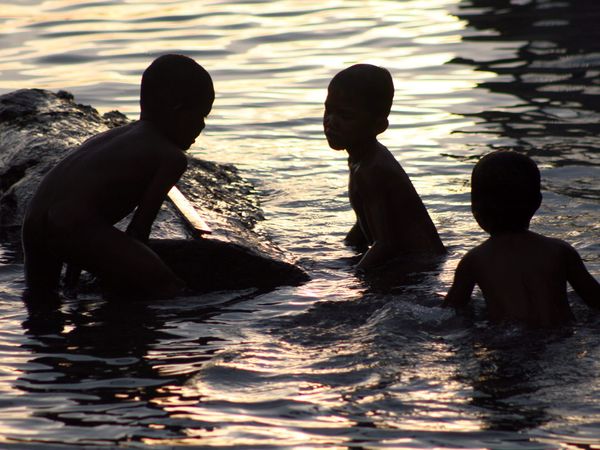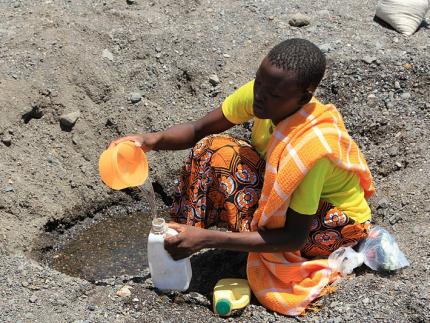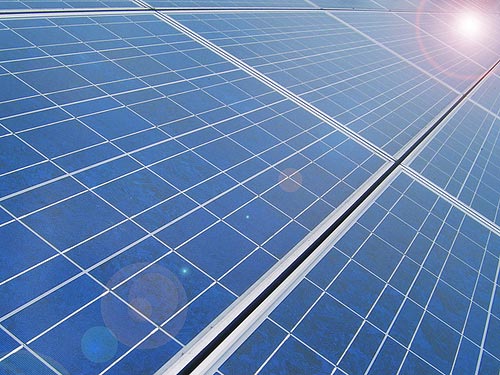But it’s more widely known as “rock snot”—mats of algae carpeting the bottoms of some rivers and lakes—and it’s quickly spreading around the globe, possibly because of climate change, a new study says.
 So far, scientists say its effects on the environment are unknown, though they are concerned specifically about the impact on salmon.
So far, scientists say its effects on the environment are unknown, though they are concerned specifically about the impact on salmon.
The mats can cover up to 75 percent of a river bottom in some places. (See a striking picture of didymo coating a river bottom.)
As the algae spread worldwide in recent decades, including to New Zealand, South America, and the United States, scientists theorized that it was an invasive organism whose cells were hitchhiking with people as they enjoyed the outdoors.
Not so, found Joshua Kurek, a biologist at Queen’s University in Ontario, Canada, and his colleagues. Read more











